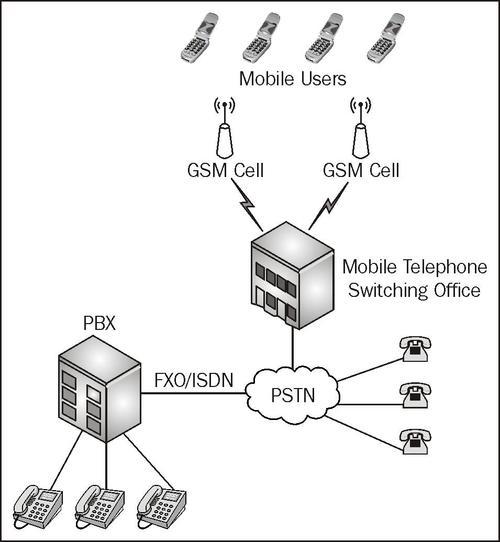Overview of this book
Asterisk is the leading Open Source Telephony application and PBX software solution. It represents an effective, easy-to-administer, and accessible platform for running enterprise telephony requirements. The real world, however, offers numerous hurdles when running Asterisk in the commercial environment including call routing, resilience, or integrating Asterisk with other systems. This book will show you some of the ways to overcome these problems.
As the follow-up to Packt's highly successful 2005 title Building Telephony Systems with Asterisk, this book presents the collected wisdom of Asterisk Professionals in the commercial environment.
Aimed at Administrators and Asterisk Consultants who are comfortable with the basics of Asterisk operation and installation, this book covers numerous hands-on topics such as Call Routing, Network Considerations, Scalability, and Resilience ñ all the while providing practical solutions and suggestions. It also covers more business-related areas like Billing Solutions and a Winning Sales Technique. Even if your interest or experience with Asterisk is lower level, this book will provide a deeper understanding of how Asterisk operates in the real world.
Asterisk is deployed across countless enterprises globally. Running on Linux, it has constantly demonstrated its resilience, stability, and scalability and is now the advanced communication solution of choice to many organizations and consultants.
With a foreword from Mark Spencer, the man behind Asterisk, this book presents the accumulated wisdom of three leading Asterisk Consultants and shows the reader how to get the most out of Asterisk in the commercial environment. Over the course of eleven chapters, this book introduces the reader to topics as diverse as Advanced Dial Plans, Network Considerations, and Call Routing, through to Localization, DAHDI, Speech Technology, and Working with a GUI. The book also covers the more nebulous aspects of being an Asterisk professional such as evaluating customer requirements and pitching for contracts.
This book represents the wisdom and thoughts of front line consultants. The knowledge they impart will prove informative, thought provoking and be of lasting interest to Asterisk professionals.




